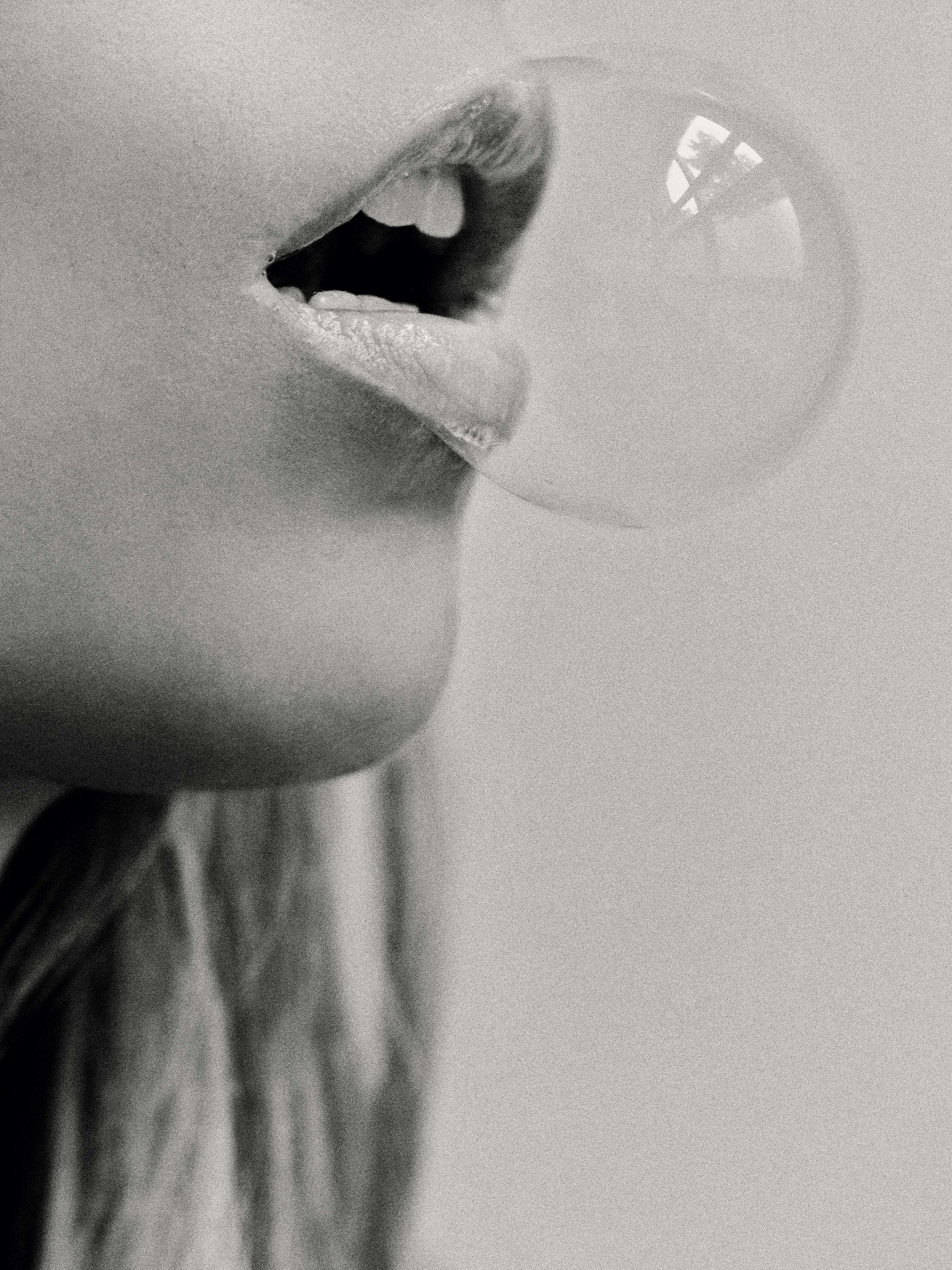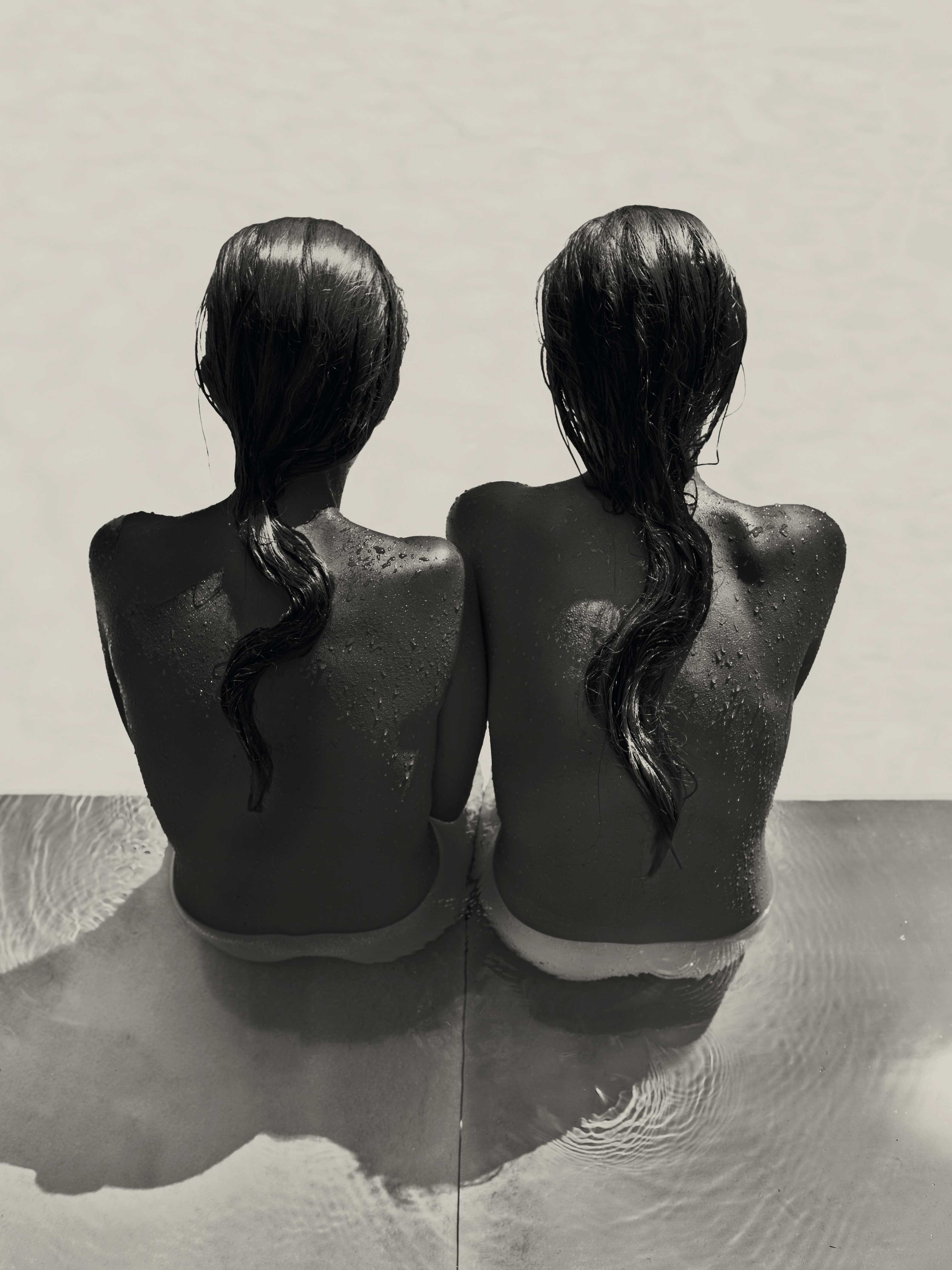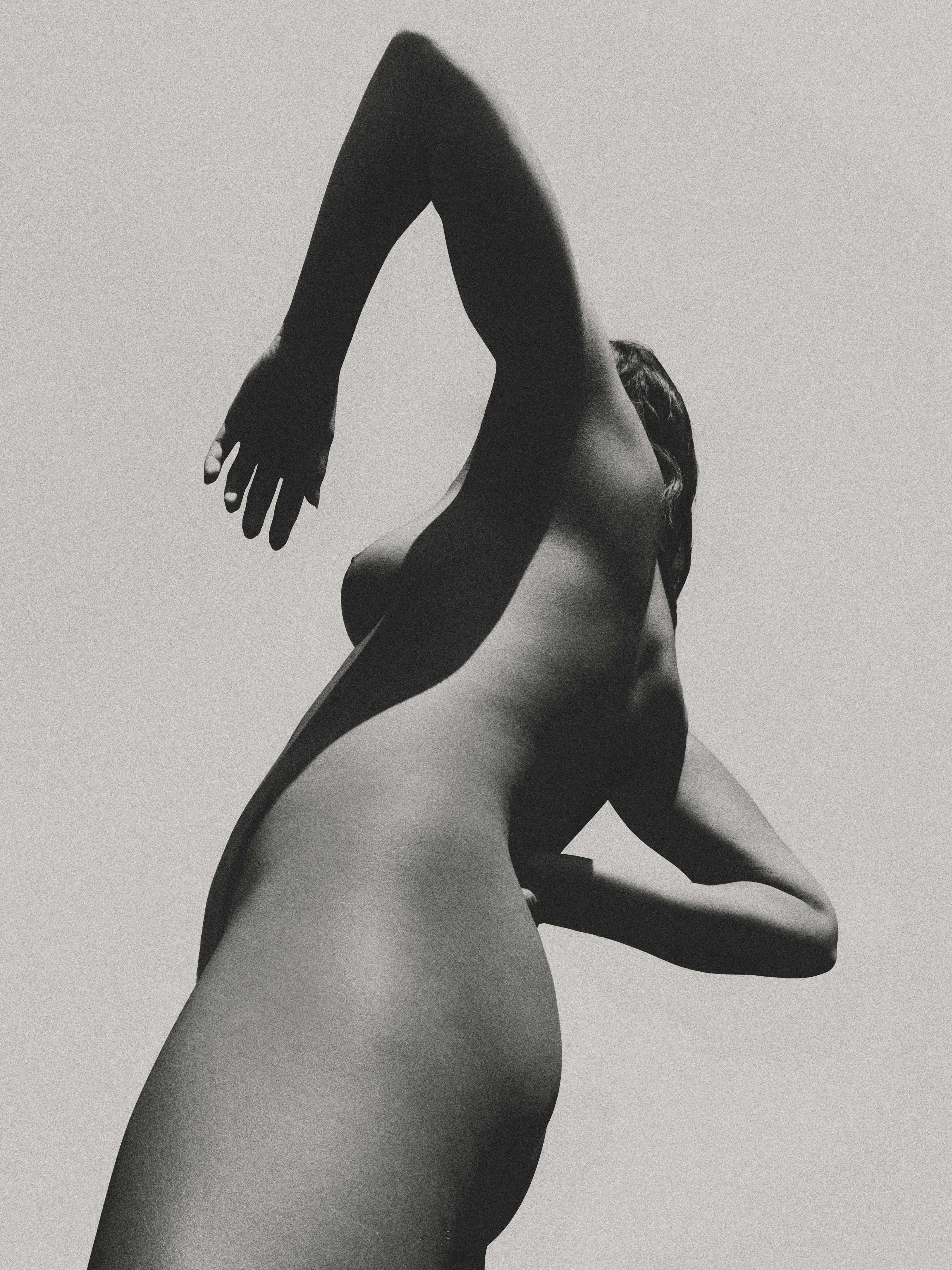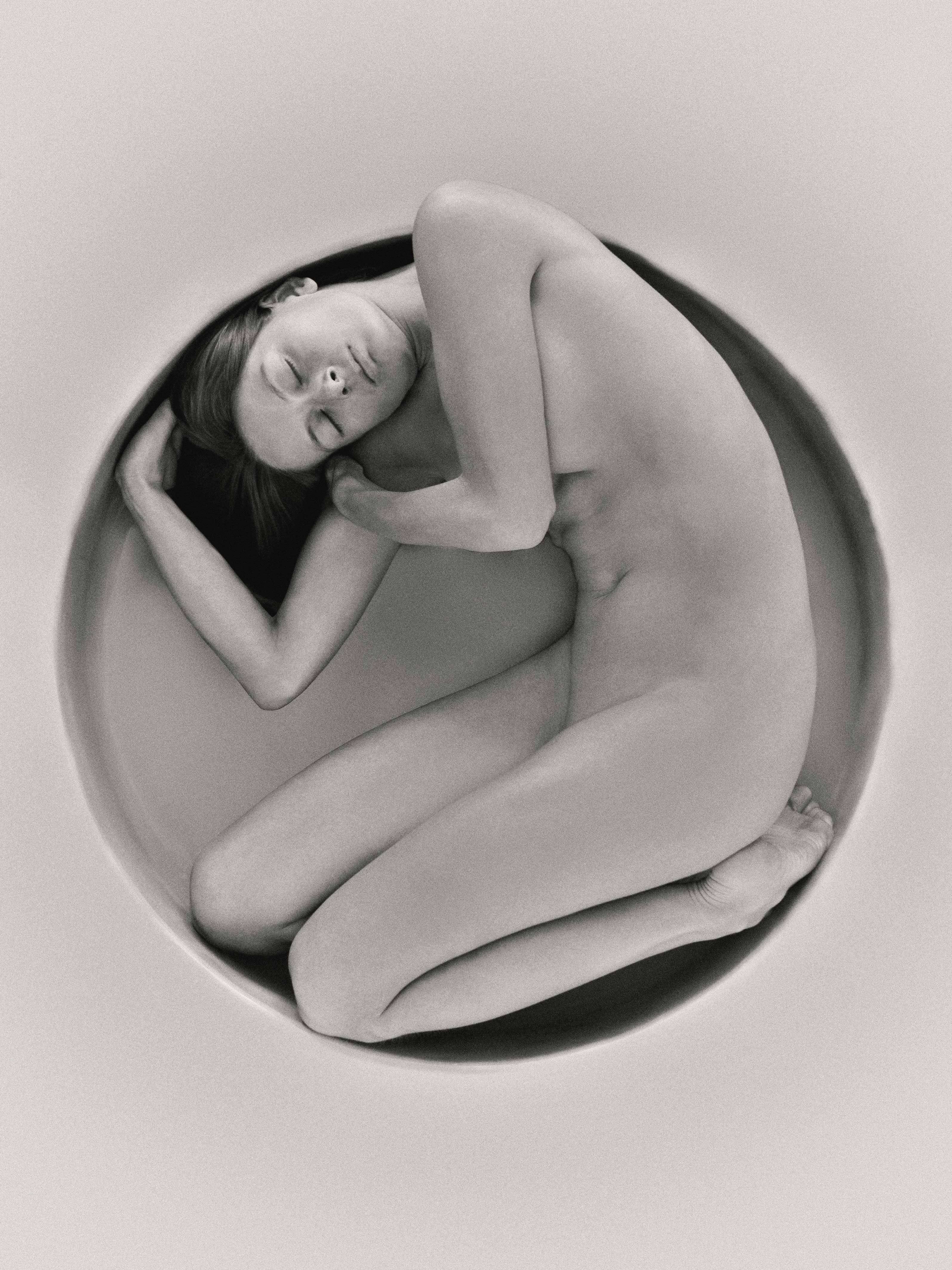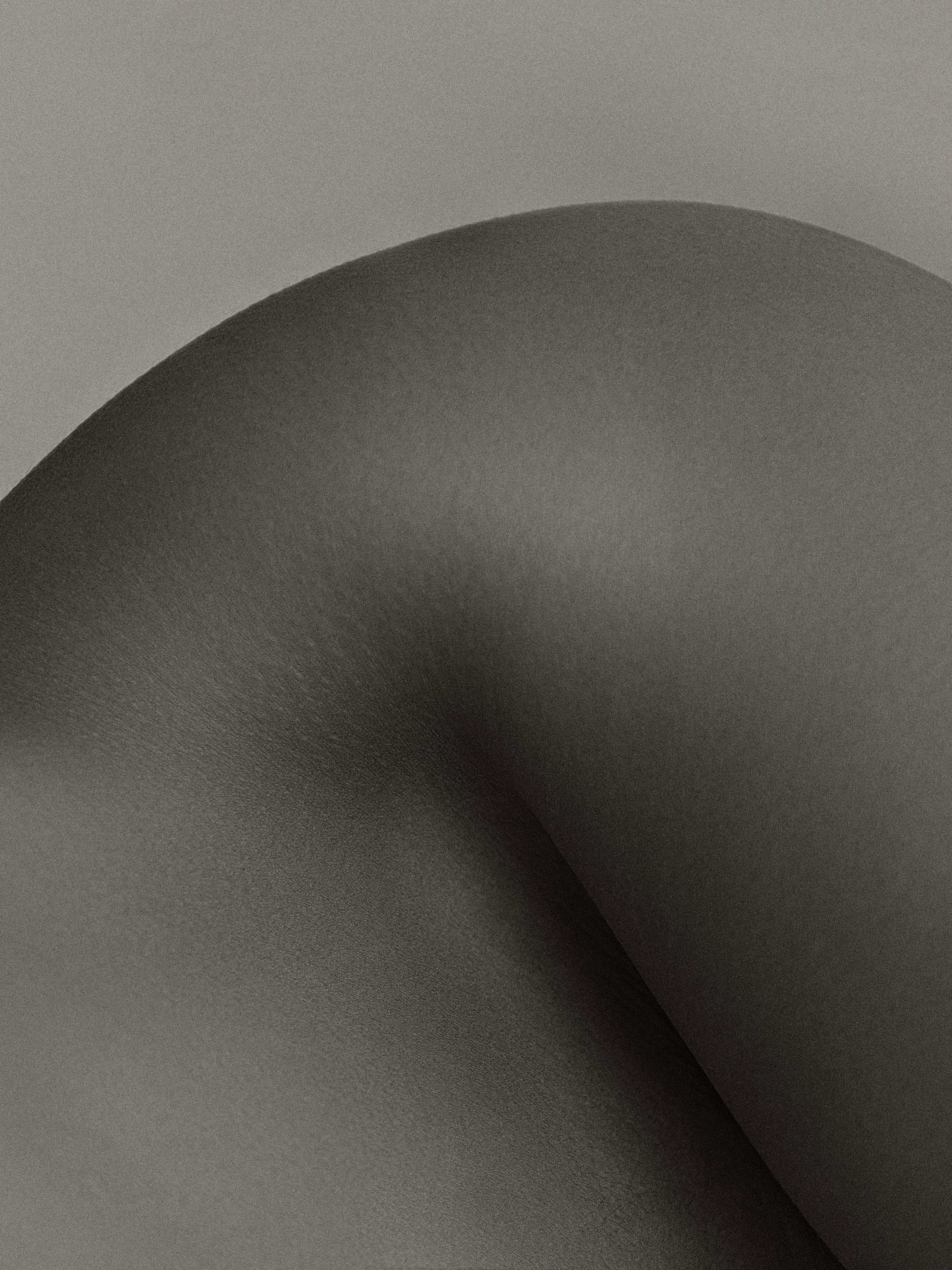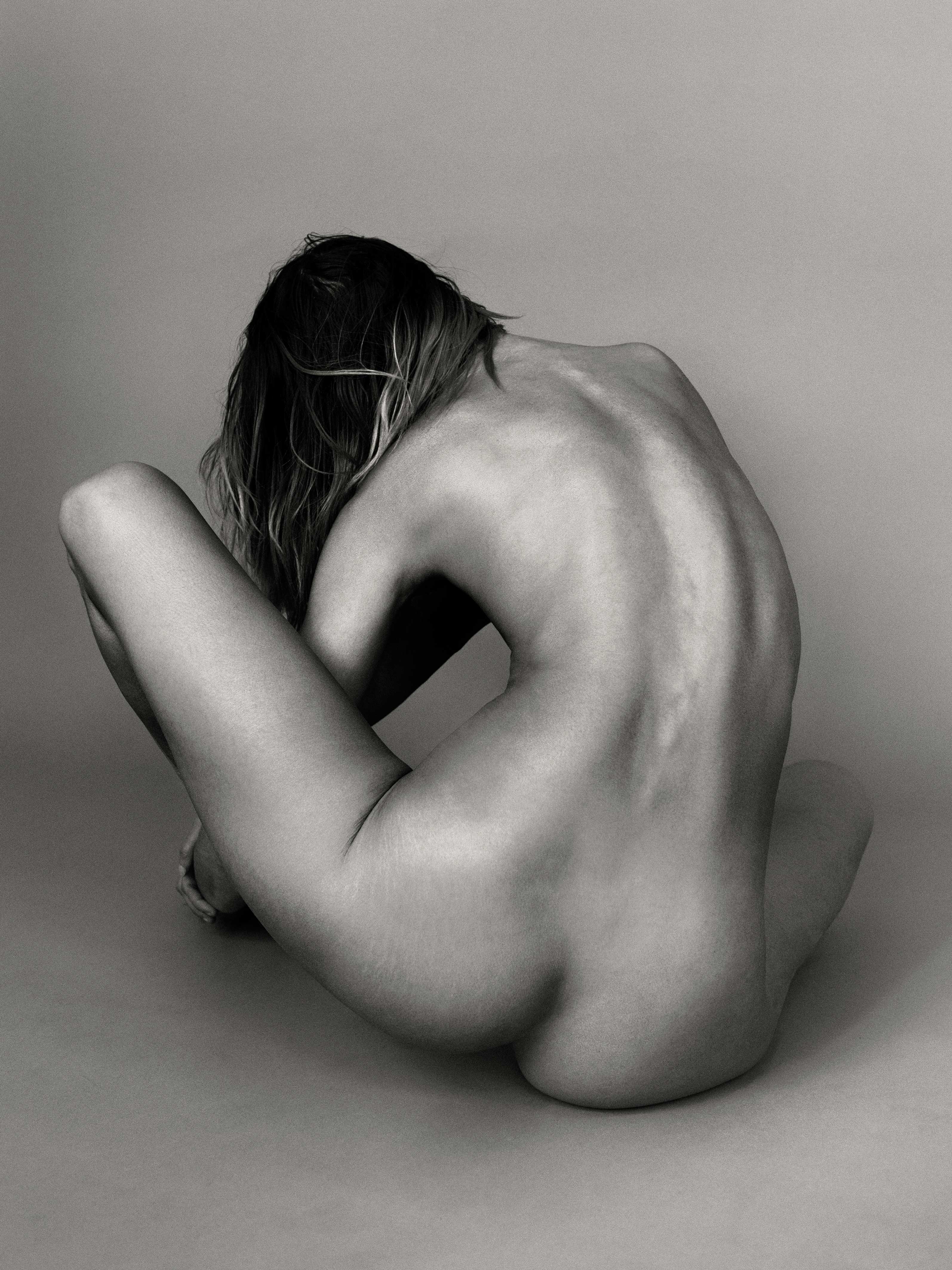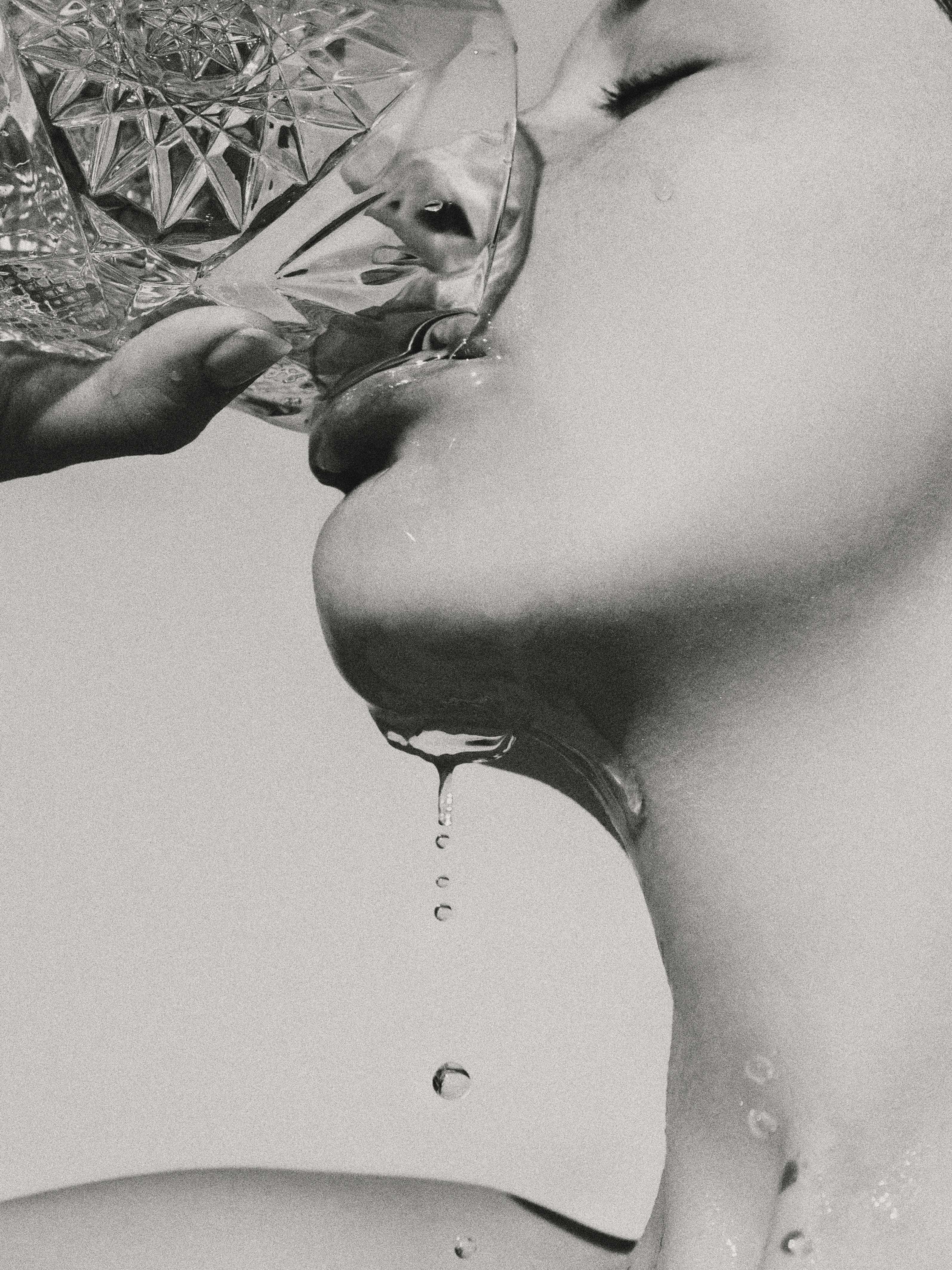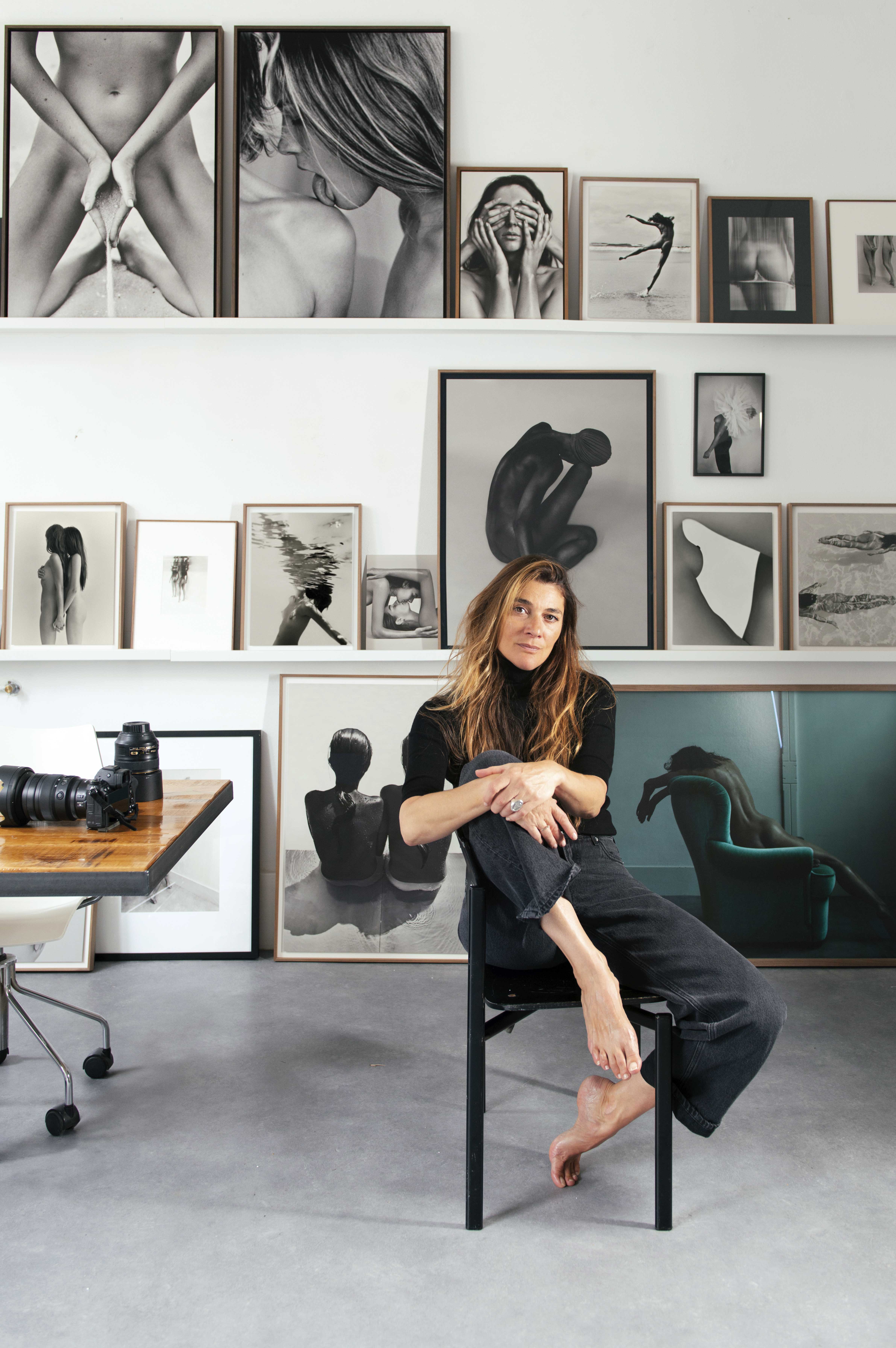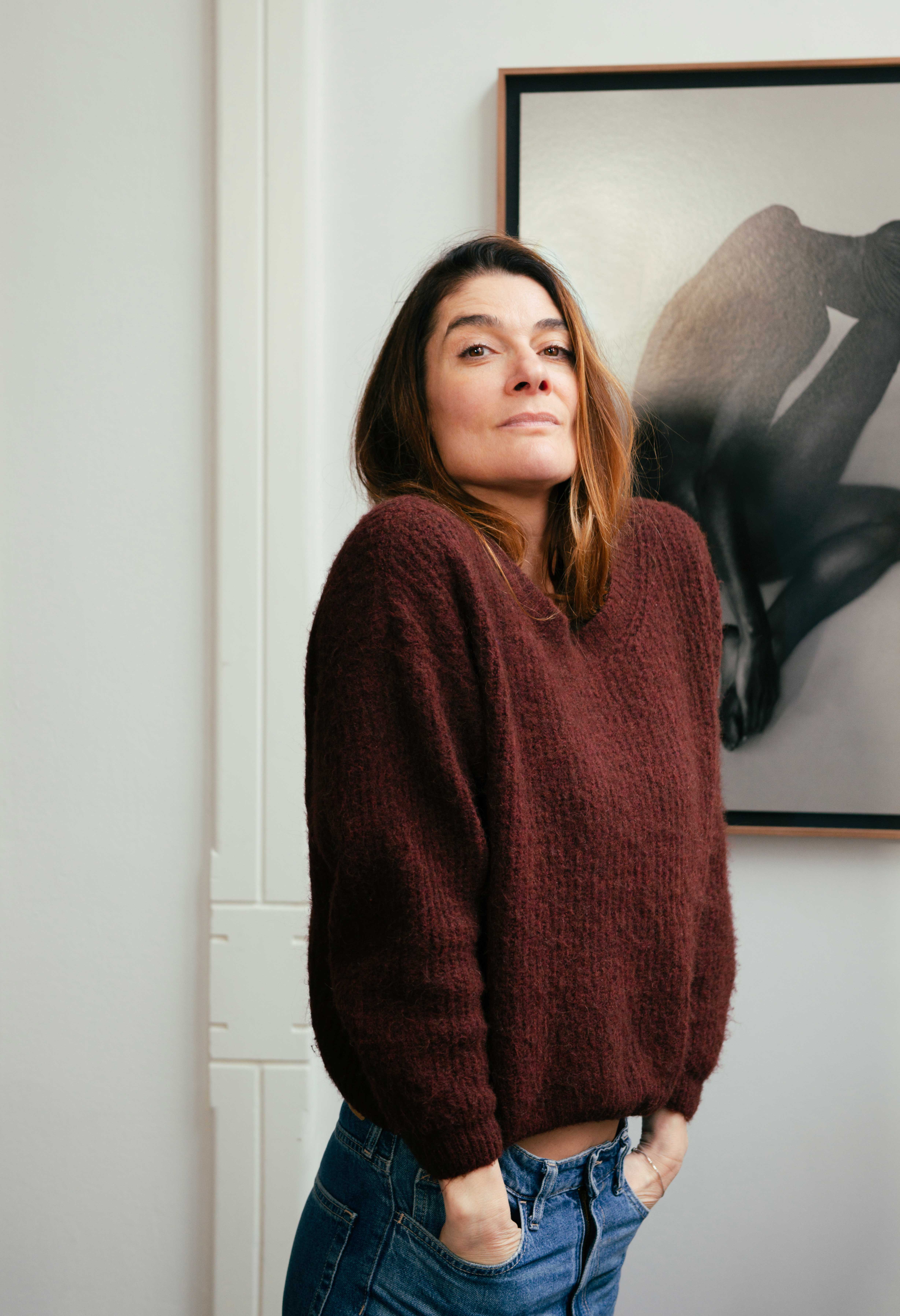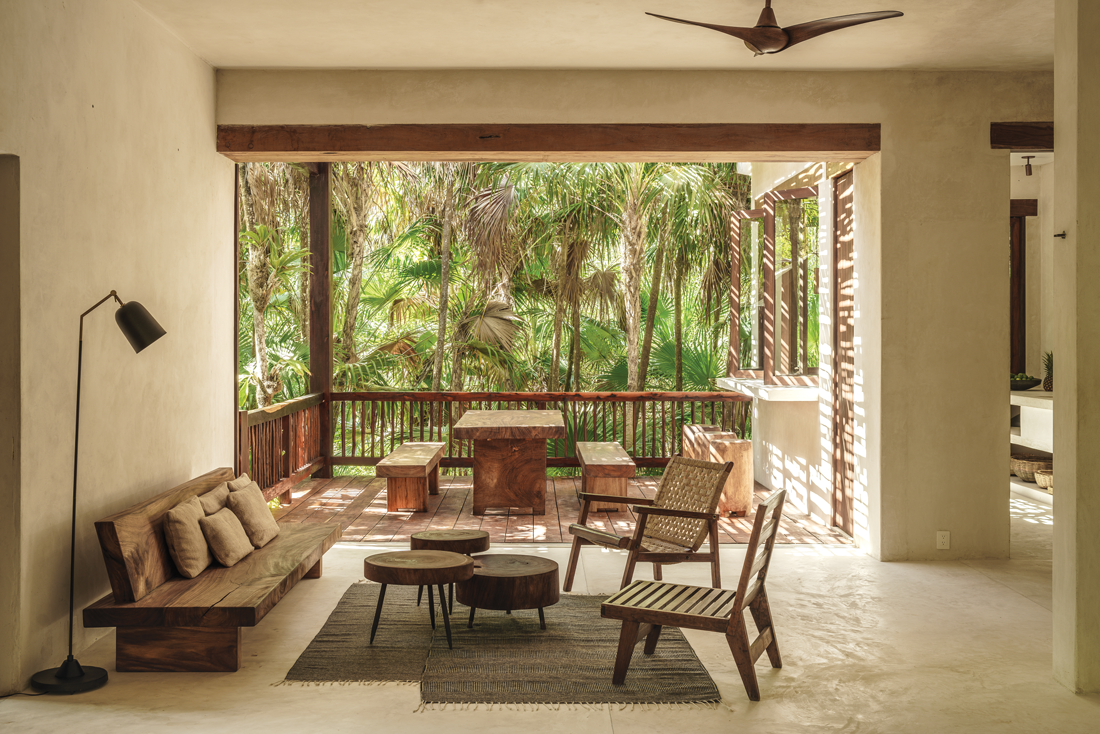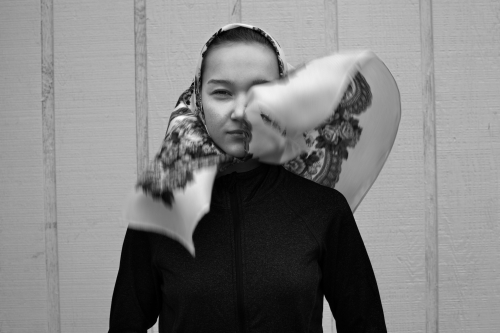Photography: Courtesy of Neeltje de Vries
19 / 03 / 2024
Ever since she was a child, she has tried to find organisation in her surroundings, like a sensory balance that fluctuates according to her mood. And it is in the ambience that surrounds her that her creativity as a photographer is stimulated, where she sees colours and speaks in images, using a unique language where she explores the power of women, as a reflection of her own knowledge and self-love.
LÚCIA RUMOR: Who is Neeltje de Vries? NEELTJE DE VRIES: A 47-year-old woman who lives in Amsterdam with her daughter and is about to get married to her great love, the artist Sidney Waerts.
But if I must describe myself, I am above all, the mother of my daughter. Someone who values the people closest to her. My mother, my best friend, my fiancé. In doing so, I am someone who always wants to grow, does a lot of self-reflection and feels the need to create. I think, feel and remember in images. That’s my language. I also have “synesthesia”. When neurologically a sensory perception can unintentionally evoke other sensory impressions. For example, I experience colours with days. Thursday is dark yellow to me. Images impose themselves in my head and restlessness arises if I don’t respond to them.
Could you tell us a bit about your background and how your previous experience in Graphic Design has influenced your current photographic work and language? In my studies in Advertising & Presentation, I chose to focus on graphics management. Photography was also included in the study, yet I still I chose the graphics course. I am very sensitive to light. Presumably because photography classes were always in the dark, it didn’t attract me. Photography literally means “writing with light”. Image making, on the other hand, attracted me enormously. For years, I worked independently as a graphic designer, and the need did grow to have more control over the images I had to deal with as a designer. So, I decided to study again at the photo academy. Graphic design is like a puzzle. You get the info and elements and then create a balance in it, so that it translates as one visual even stronger than all the individual elements. That exact part, also lives in me intensely. As a child I was always trying to find balance in organizing. Even if it was just changing my room around ten times, it had to match my mood. When I felt upset I would sometimes lock myself in the pantry. Only to come out when I had organized everything. It brought me peace of mind. When there was tension in the house, I would tidy up. Graphic design is like that. Finding balance in the whole. And that’s exactly what you see in my photography. It has to be right. That’s in framing, lines, and sometimes just deliberate imbalance. It helps me convey the feeling I experience with the image.
What is your first memory related to photography? My first real memory lies with my grandfather. He had a darkroom in his house for his photography. Which, incidentally, I also thought was a scary dark room. But he was the first to make me think and start the conversation about images. He thought I was far too impatient and wanted me to think better about what I wanted to make. How wonderful it would be if he was alive now, at this point in my career, and I could talk to him about this. I often think about that. His picture hangs in my house and I talk to him regularly. I’m convinced that he is still with me.
But if I must describe myself, I am above all, the mother of my daughter. Someone who values the people closest to her. My mother, my best friend, my fiancé. In doing so, I am someone who always wants to grow, does a lot of self-reflection and feels the need to create. I think, feel and remember in images. That’s my language. I also have “synesthesia”. When neurologically a sensory perception can unintentionally evoke other sensory impressions. For example, I experience colours with days. Thursday is dark yellow to me. Images impose themselves in my head and restlessness arises if I don’t respond to them.
Could you tell us a bit about your background and how your previous experience in Graphic Design has influenced your current photographic work and language? In my studies in Advertising & Presentation, I chose to focus on graphics management. Photography was also included in the study, yet I still I chose the graphics course. I am very sensitive to light. Presumably because photography classes were always in the dark, it didn’t attract me. Photography literally means “writing with light”. Image making, on the other hand, attracted me enormously. For years, I worked independently as a graphic designer, and the need did grow to have more control over the images I had to deal with as a designer. So, I decided to study again at the photo academy. Graphic design is like a puzzle. You get the info and elements and then create a balance in it, so that it translates as one visual even stronger than all the individual elements. That exact part, also lives in me intensely. As a child I was always trying to find balance in organizing. Even if it was just changing my room around ten times, it had to match my mood. When I felt upset I would sometimes lock myself in the pantry. Only to come out when I had organized everything. It brought me peace of mind. When there was tension in the house, I would tidy up. Graphic design is like that. Finding balance in the whole. And that’s exactly what you see in my photography. It has to be right. That’s in framing, lines, and sometimes just deliberate imbalance. It helps me convey the feeling I experience with the image.
What is your first memory related to photography? My first real memory lies with my grandfather. He had a darkroom in his house for his photography. Which, incidentally, I also thought was a scary dark room. But he was the first to make me think and start the conversation about images. He thought I was far too impatient and wanted me to think better about what I wanted to make. How wonderful it would be if he was alive now, at this point in my career, and I could talk to him about this. I often think about that. His picture hangs in my house and I talk to him regularly. I’m convinced that he is still with me.
When appreciating your work, strong and timeless narratives around women empowerment can be deeply felt. Do you feel the representation of women bodies works as a call to find yourself, in a way you could express your own vision of what it’s like being a woman? Certainly, the women I work with represent parts of me. In the absence of the right father figure, emancipation is definitely a big part of what exists in me. But I don’t use my models to find myself. It serves more as an outlet. I photograph what affects me; what I experience myself, I translate into them. I have no idea what it feels like to be a man. So, I don’t photograph them. I can see through my work where I am at that moment in my own development.
For more information, visit Neeltje de Vries website.







